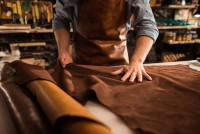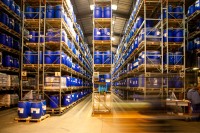How can TFL products contribute to sustainable leather production?
Worldwide more than 450 different national and international regulations with regards to chemical safety are in existence. This makes it extremely difficult for tanneries to comply with the demands from local governments, brands and manufacturers, regarding restricted substances.TFL’s simple policy, allowing tanners to manu-
facture leather safe to the environment and consumers, is to produce products compliant with following major regulations:
- EU REACH directives 1907/2006 (REACH) and 1272/2008 (CLP Regulation)
- REACH SVHC list (no use of substances of very high concern), REACH Annex XIV
- EU biocide product directive (BPD) 528/2012, ?ZDHC-MRSL list (materials restricted substance list issued and managed by ZDHC program)
Provided they are correctly used, leathers made with TFL products will comply with most brands and manufacturers regulations as to restricted chemicals in leather. Using trusted chemicals allows tanners to considerably reduce their restricted substance leather testing, to mainly chromium VI and formaldehyde. TFL’s know-how and technical service enables users of TFL products to use them in the most effective way; which means excellent uptake in leather whilst reducing COD and BOD loads in the effluent. Current examples are the TFL low impact beamhouse and tanning technology and, solutions to manufacture chrome-free leathers with reduced COD and BOD load.
Chemical statements, can they be trusted?
TFL has established an internal testing and compliance management system which ensures a very high level of confidence. This involves good knowledge of the entire raw material supply chain for chemical synthesis. TFL does not intentionally use any restricted chemicals in their products.
Can there still be surprises?
Yes, it is possible that traces of restricted substances can be found due to contamination. Contamination levels are usually below allowable limits in the ZDHC MRSL list. But even if the limits are slightly exceeded, final leathers would still comply with brands RSL product requirements.



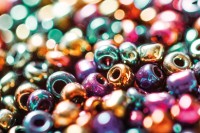

 Main Reaction - The TFL Blog Stories, incidents, tips and facts around the topics leather, chemistry, fashion, sustainability and ecology. Our editorial staff consisting of experienced tanners, scientists, market experts, fashion and communication specialists has sharped their pencils and will supply you with fresh and inspiring content on a regular basis.
Main Reaction - The TFL Blog Stories, incidents, tips and facts around the topics leather, chemistry, fashion, sustainability and ecology. Our editorial staff consisting of experienced tanners, scientists, market experts, fashion and communication specialists has sharped their pencils and will supply you with fresh and inspiring content on a regular basis.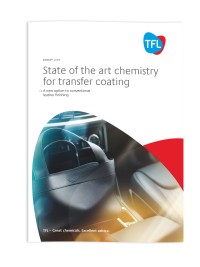
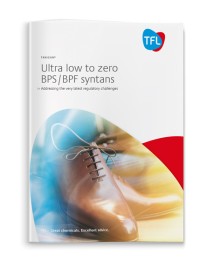
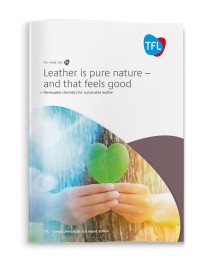
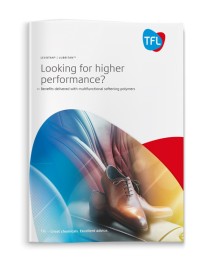 LEVOTAN® / LUBRITAN™ - Looking for higher performance? Tanners around the world are facing increasing challenges from their customers, for example, demands for higher performance such as fastness to light and heat resistance, but also lighter weight leather and more recently odour / emissions avoidance.
LEVOTAN® / LUBRITAN™ - Looking for higher performance? Tanners around the world are facing increasing challenges from their customers, for example, demands for higher performance such as fastness to light and heat resistance, but also lighter weight leather and more recently odour / emissions avoidance.




